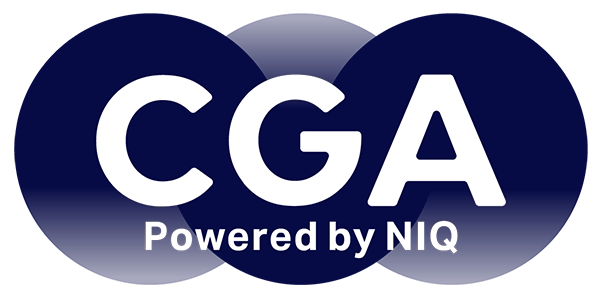The late-night arena has seen significant closures over the past few years, and it may not seem an obvious channel for opportunities. But with outlet decline slowing and a number of exemplary operators doing great things, prospects here are brighter than some think. However, in such a nuanced and volatile market, extra sales and successful brand launches will only come with an informed channel strategy that considers the unique dynamics of a fast-changing sector.
CGA’s research proves this is a part of the market that punches well above its weight in drinks sales. Our Outlet Index shows there are just over 9,500 late-night outlets in Britain—but while they account for only 8% of on-trade premises, they provide 18% of all drinks sold by value. With late-night consumers’ average spend on a night out standing at around £98—26% of which is spent on drinks—this is clearly a profitable market.
What it lacks for in size, it makes up for in opportunity. The late-night market has long been considered a great activation base and an incubator for drinks products, with many examples of brands being successfully launched and built in the channel. A third (33%) of a typical new product’s distribution has been listed in late-night venues over the last year, and with consumers here eager to try new varieties and flavours, this is an ideal launchpad for brands trying to break into the mainstream. The exposure that is achieved when drinkers post photos on Instagram, Facebook and other social media can act as powerful marketing as well.
But late-night is very different to other dayparts, and any supplier seeking to crack it needs to appreciate the nuances of its demographics and behaviours. This is a market dominated by young adults, who want drinks and experiences that suit high tempo occasions, and CGA’s MATCH consumer segmentation tool can reveal further insights into the type of people who use late-opening bars and nightclubs.
Suppliers and operators also need to appreciate the variation in category mix at different stages of a night out, and provide a range that meets changing consumer demands across the full occasion. CGA’s research and analysis has developed a late-night model, consisting of four key stages in the night out:
- The Encounter stage between 6pm and 9pm, when soft drinks, craft beer, lager and wine dominate. This a phase characterised by meals and game-based activities—plus pre-drinking, most of which is done at home, but which has scope for incremental sales for pubs and bars.
- The Enjoy stage between 9pm and 11pm, when the tempo rises and drinkers socialise and share rounds. It’s the time of the evening when consumers explore new drinks, and when cocktails and gin are added to the mix. This makes it a great time to promote new brands or serves to drive trial and standout on increasingly crowded bars. With an unprecedented volume of new products arriving in the market, getting liquid on lips is key to success, and the late-night trade is a fantastic place to do this.
- The Explore stage between 11pm and 1am, when this desire for experimentation continues and drinkers try out new venues too. Shots, bombs and alcopops vie with cocktails at this time of the night.
- The Eat stage from 1am onwards, when drinkers look for takeaway food—or continue the dancing and drinking with shots and bombs.

Throughout the late-night journey, CGA’s data shows an increasing number of drinkers are seeking quality over quantity, with older adults in particular preferring to drink fewer drinks at a higher price than more drinks at a lower price.
They are also heavily engaged with social media from start to finish, with four in five (84%) uploading photos or videos of their nights out, and nearly half (45%) doing so every or most times they are out. Brands with strategies that are social media friendly have a valuable head start in marketing, and can effectively get their customers to do their digital advertising for them for free.
Finally, it’s important to remember that not all late-night drinkers want alcohol. More than half (55%) of consumers have been on a night out and stayed off alcoholic drinks in the last six months, usually for health or financial reasons, or because they have to drive or be up early the next day. This figure has risen a couple of percentage points year-on-year, which emphasises the point that it just as important to optimise provision of low or no-alcohol options as it is to get the beer, wine, spirits and cocktails right.
With consumers’ habits evolving so rapidly, it is crucial for suppliers to tie late-night strategies closely to the nuanced demands of this sector. Drinks brands that can successfully do so can enjoy substantial rewards—not just in sales terms but through reputation and equity.
For more exclusive insights into drinks and the late-night arena, and to learn how CGA’s research can help suppliers refine investment and support channel strategies, contact Jonny Jones.


